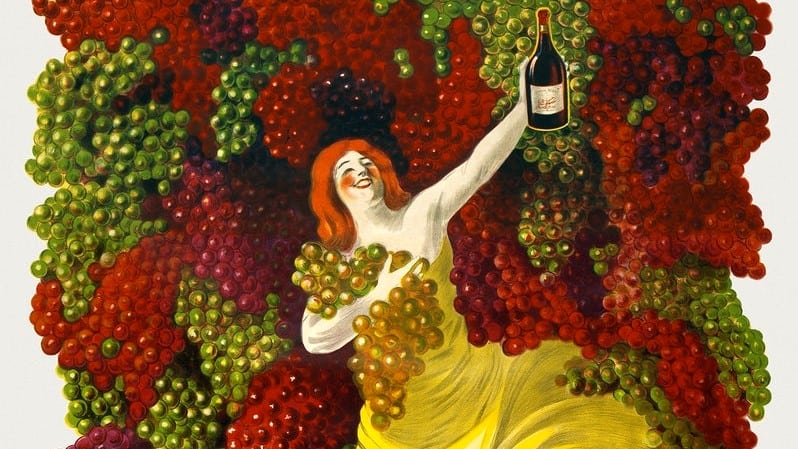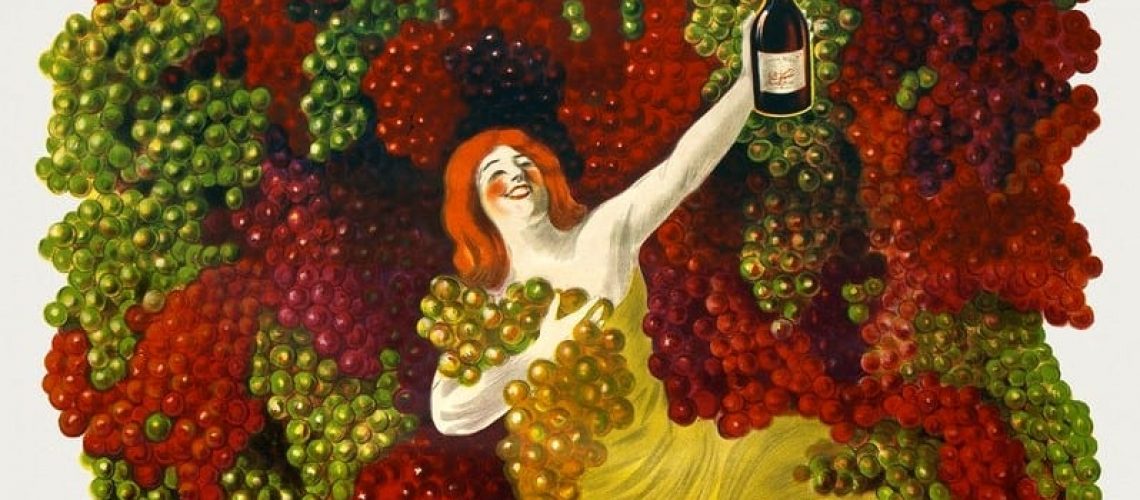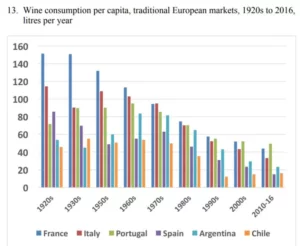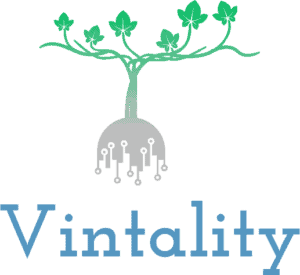[Author’s Note: There was great follow-up to that article, you can read Part 2 here.
Eric Asimov at the New York Times thinks so.
A big one. And this was reflected in the Silicon Valley Bank’s 2022 Wine Industry Report. Rob McMillan :
“In prior reports, we noted that the falling interest in wine among younger consumers, coupled with the encroaching retirement and decreasing wine consumption of baby boomers, poses a primary threat to the business. That issue has yet to be addressed or solved, and the negative consequences are increasingly evident.”
Mr. Asimov references this report a few times, as every year its required reading. I’ve yet to go through it in detail but will attempt to do so and report back before next week’s issue.
Here is how the generations are seen:
- Boomers are entering the age where spending declines.
- Gen X is both relatively small and their consumption is similar enough to Boomers not to need their own categorization.
- Millennials are a larger demographic but are drinking much less wine.
- Gen Z, with respect to drinking, is too small a group right now. But the data I’ve seen suggests they’re drinking even less wine than Millennials.
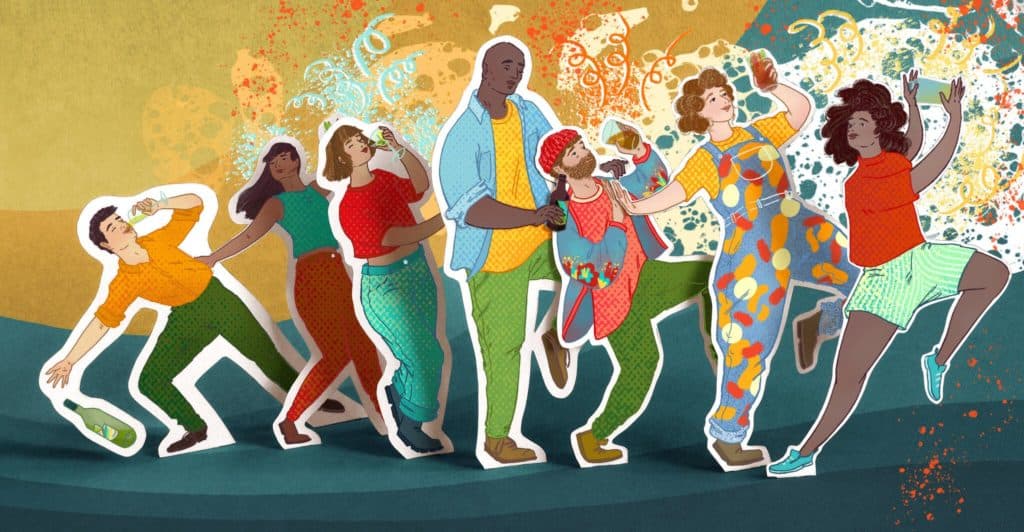
And the signs of trouble (many of which have been linked to in previous BC Wine Weekly’s) are growing. More data is linked below in The Wine Business section. Here are a couple of data points:
- In a recent poll, wine was the clear choice for those 65+. It was split with beer for those 35-64. And it was in a five-way tie for those 21 to 34.
- As reopening has occurred in the USA, sales of wine have fallen while spirits rose.
- We’re also seeing declining wine consumption among Millennials in “wine bulwarks” like France and Italy.
“We predicted there would be a reopening celebration, and it turns out we were correct. But the reopening celebration that took place in 2021 didn’t include the wine industry.” (Rob McMillan)
Why is this happening?
There are a number of factors:
- Overall competition is much stiffer with new entrants. Craft beers, single malts, craft cocktails, hard seltzers, etc. all were not available even 15 years ago.
- Competition across categories has increased. For example, wine is now competing directly with cannabis.
- Millennials have grown up in an age of connoisseurship. Craft cocktails craft beer, social media, etc. have all contributed to a desire for premium products.
- Yet Millennials have less disposable money and higher debt than Boomers during the same period of life.
- And premium wines have increased significantly since the 1990s, even correcting for inflation and production costs. At the same time, inexpensively priced wines have been disappearing.
Well, what is to be done?
Mr. Asimov, and really Mr. McMillan, who this article is largely drawn from, say that what has been done has been wholly inadequate. I will say – this echoes the arguments put forward by VinePair (link in The Wine Business section below).
Millennials, and Gen Z, represent a significant shift away from Boomers in almost every category. Whether disposable income, racial makeup, preferences, socioeconomics status, media consumption… And the wine industry as a whole has largely geared their operations to attracting boomers.
Even industry movement onto social media has largely followed Boomer and Gen X behaviors. How many wineries are on TikTok?*
There’s one suggestion Mr. McMillan makes that I’ve been banging the drum for:
[Rob McMillan] suggests that producers list their ingredients and offer nutritional data, like calories per serving, and that they be clear about their social values, their efforts to address environmental concerns and their strategies for lowering their carbon footprints.
One other suggestion Mr. Asimov makes is around highlighting social justice issues and equity issues. Here, I disagree.
Social justice and equity is obviously important. But I’d argue the data on businesses making strongly political statements not connected to their business creates a negative effect. What does a winery have to do with Black Lives Matter or the Freedom Trucker Convoys?
Where I do see more opportunity – because it is directly related to the wine business – is in being more environmental. This means being more sustainable while also communicating the ways wine already is environmentally friendly. That’s part of the point of including more on the label.
Ultimately, I think there are two challenges Mr. Asimov (and so far Mr. McMillan) don’t address: less disposable income and changed drinking preferences.
On the former, Millennials and Gen Z are getting married later. They drink alone (and less often in groups). They have fewer family dinners and other occasions where wine is the favored alcohol choice.
A very common complaint I hear is: “I’m not going to open a bottle of wine by myself”. And this is where I suspect smaller drinking bottles (likely in alternative packaging) will become a significant part of the market.
So, what do you think?
Is this becoming an increasing problem for wineries? Or are the problems overblown? Or, perhaps, is this a problem for the Big Players and much less so for boutique wineries?
*I’m not saying TikTok is the answer to attracting younger consumers. Its just another channel that skews much younger. But it speaks to the effort and focus. You can find Vintality on TikTok (and doing a bad job of it).W

